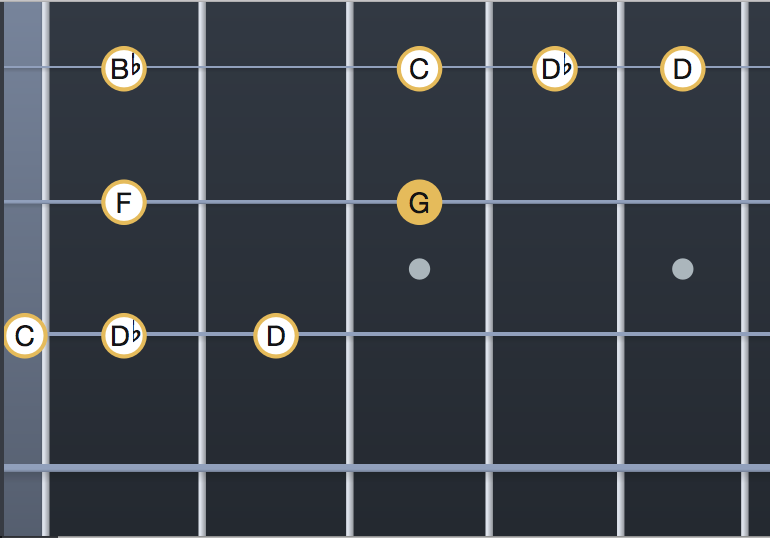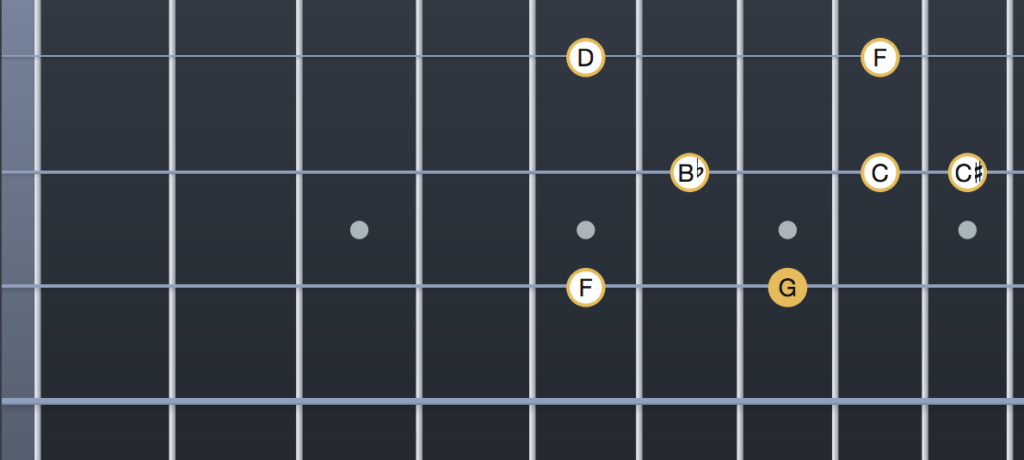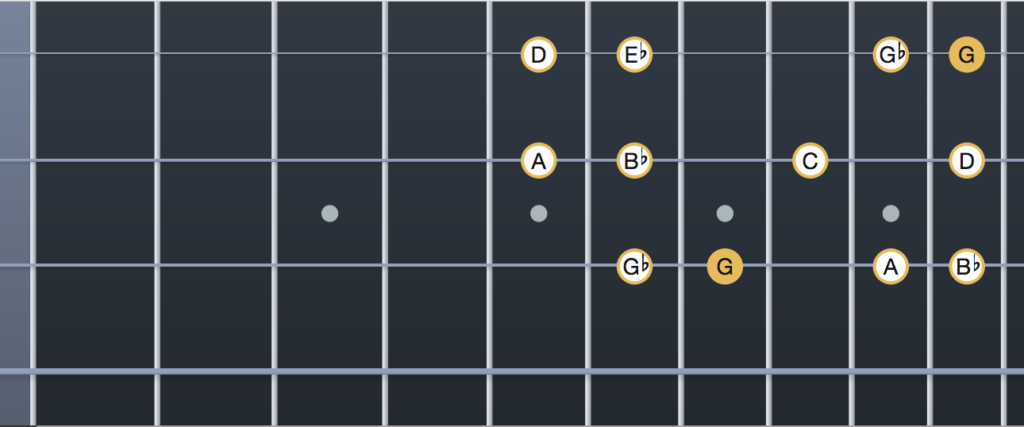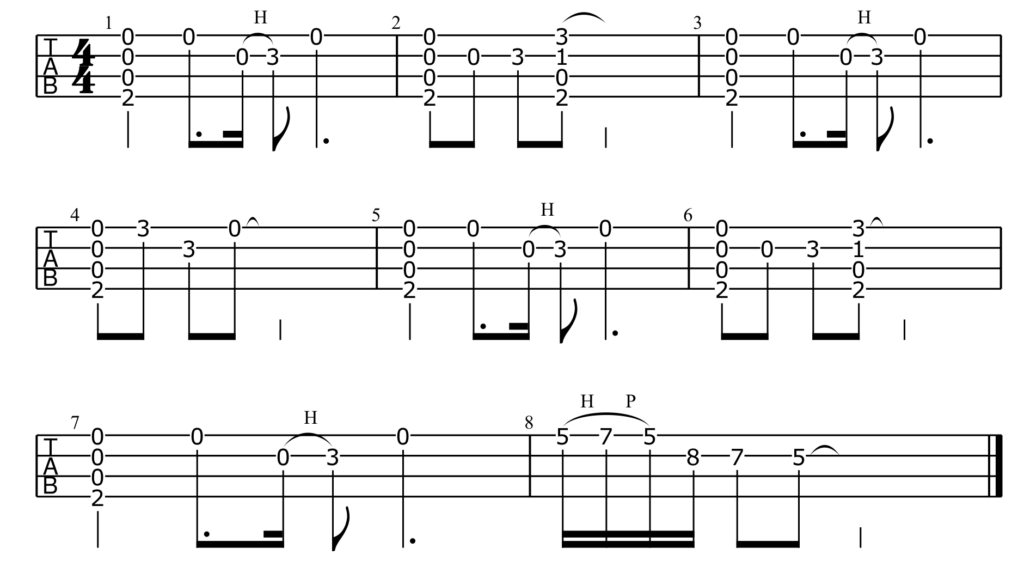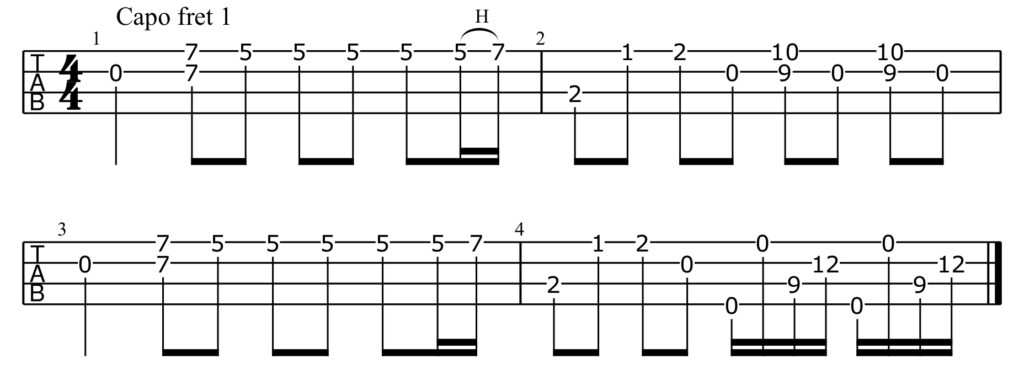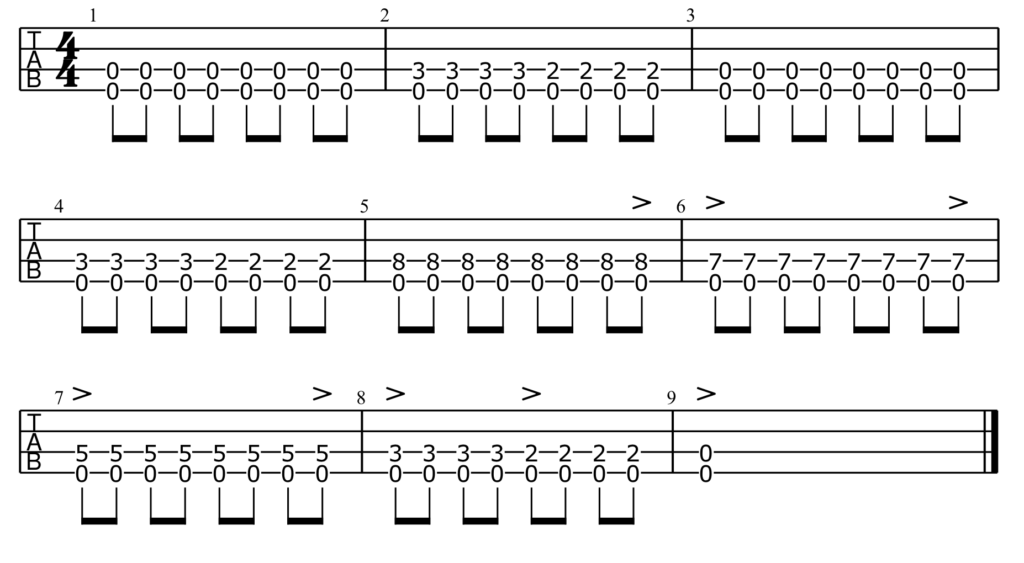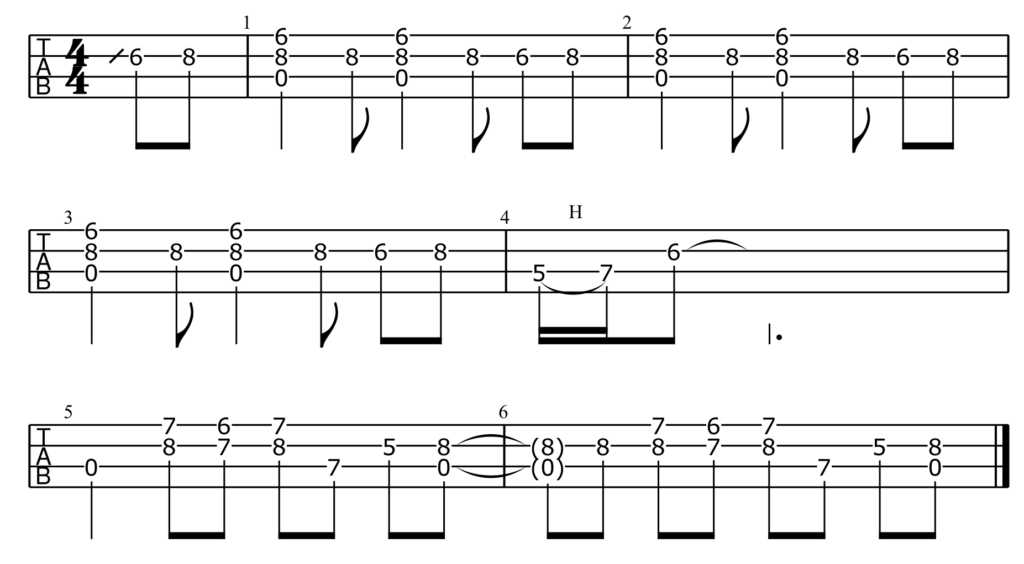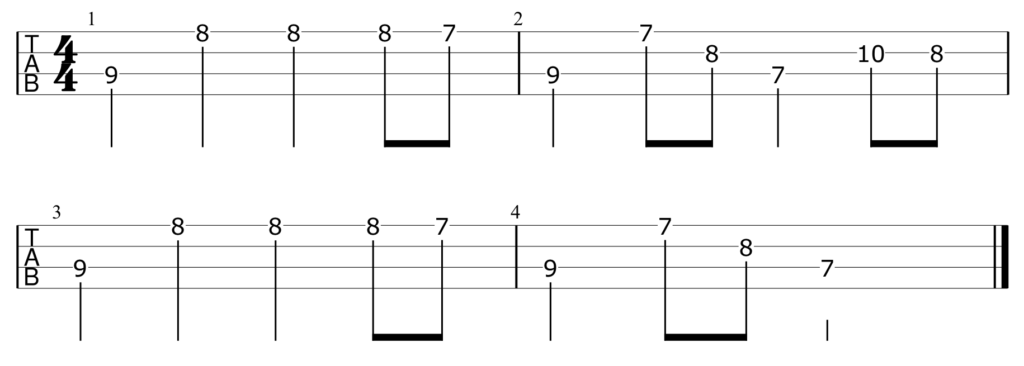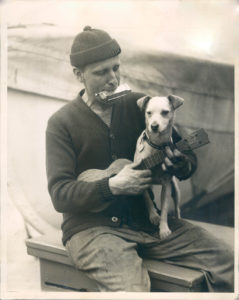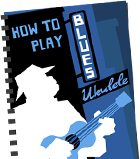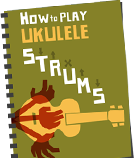Aretha Franklin – I Say a Little Prayer for You (Chords)
Aretha Franklin put to bed the argument sometimes made by idiots that singers who don’t write their songs are somehow lesser artists. She could elevate a song like no one else. Making her version the definitive one even stealing songs from greats like Otis Redding in the case of Respect and from Dionne Warwick for whom Bacharach and David wrote this song.
I Say a Little Prayer uses a bunch of jazzy 7 and maj7 chords. I’ve notated it with a capo on the second fret (or play in D-tuning) to make the moves easier to navigate.
Suggested Strumming
A simple main strum you can use is:
d – d u – d – d u
Intro and Verses: Do the main strum once for every chord except play it one and a half times on Am7 and half a time (i.e. d – d u) on D. Which sounds like this
Chorus: The chorus is a little more complex and sneaks in a bar of 3/4. Start off with half the main strum each for C and D. Then d – d on D, u – u d – d on Em and d – d – on G7 (or d u – – if you prefer). Which looks like this:
At the end of the chorus there’s a triplet strum played twice on the C chord followed by one down-strum on B7.
Together they sound like this:

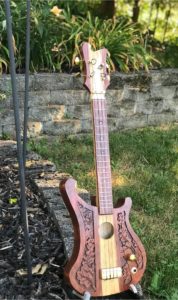 Videos
Videos